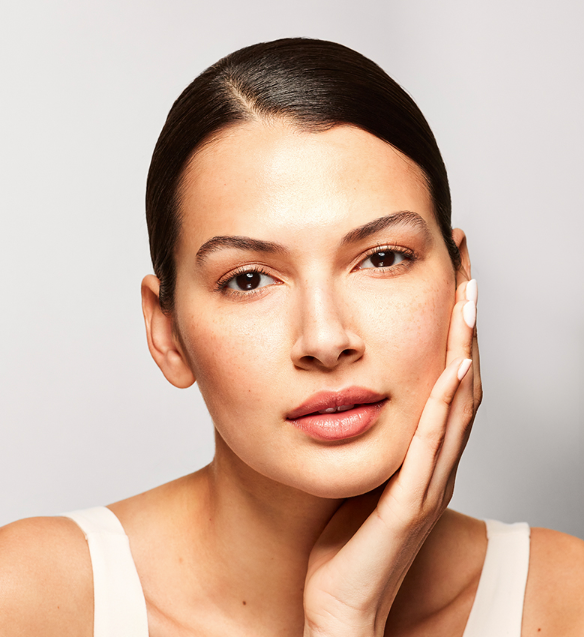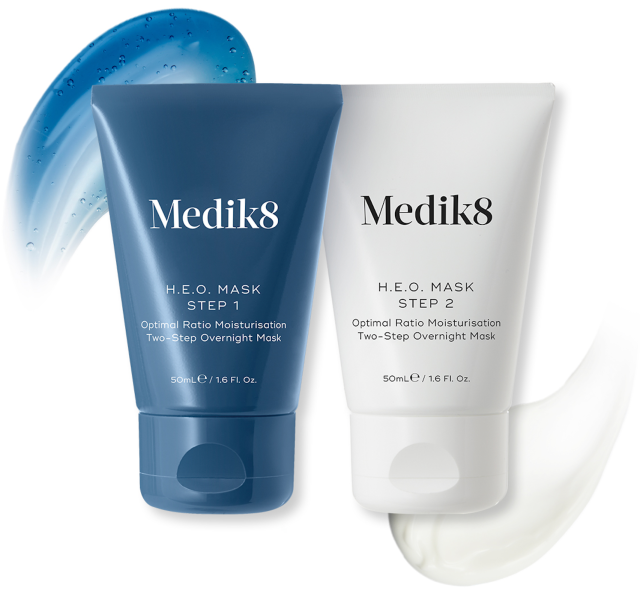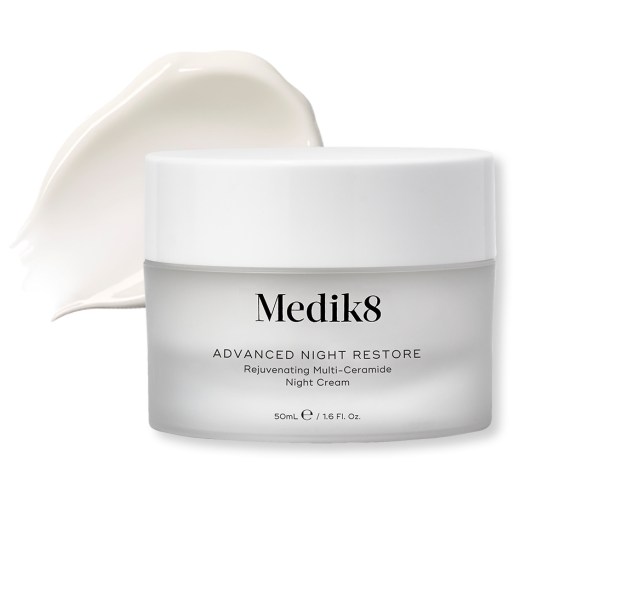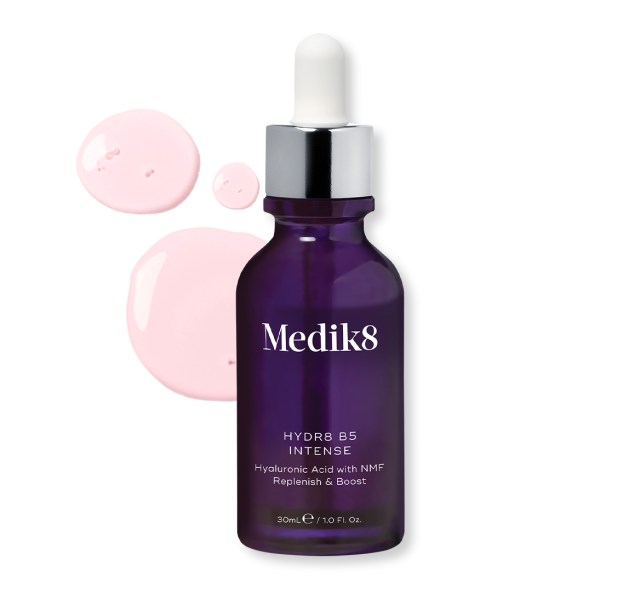Skin barrier 101: What it is and how best to protect it

While it’s always been a focal point for professionals, interest in the skin barrier has gone mainstream in recent years. The increased consumer interest stems back to the pandemic when skin irritation was rife (due to mask wearing) and more time. Instead of wearing makeup to cover-up, people were taking the time to understand how to repair their skin rather than just mask it.
From strengthening to protecting, skin barrier is the talk of TikTok right now, making it even more important clients are equipped with the right information.
What is the skin barrier?
The skin barrier, sometimes called the “moisture barrier” or “acid mantle,” is a term used to describe the upper layer of skin. Put simply, skin is composed of several different layers—that all have different functions—with the barrier being the outermost layer. Its primary function is to keep the good in and bad out, preventing irritants and aggressors from penetrating the skin while preventing moisture from escaping.
Consisting of tough skin cells or “bricks” called corneocytes, which are bound together by mortar-like lipids, the barrier plays one of the most important roles in the body.
What causes a damaged skin barrier?
The skin barrier is very prone to damage. When it becomes compromised, essential moisture and water escape. This is known as transepidermal water loss (TEWL), which can increase the skin’s sensitivity as free radicals and other stressors can then enter the skin.
This damage is most commonly caused by stripping the skin of its natural oils with harsh cleansers and acids, or overloading the skin with too many rich products. It can also be caused by cold weather and low humidity, central heating or air conditioning, or internal factors like stress and hormones.
What are the signs of skin barrier damage?
Now you’re well briefed on the skin barrier, it’s pretty easy to tell when you’re dealing with an impaired barrier.
Common signs include;
- Redness
- Rough and flaky texture
- Inflammation and irritation (think: eczema, dermatitis, rosacea, and acne)
- More reactive skin than normal i.e. stinging or burning when applying nonactive products like cleansers
How to repair a damaged skin barrier
Despite how skin might appear, reversing barrier damage is often a relatively straightforward process.
Firstly, don’t panic purchase! While the first instinct may be to stock up on a horde of lotions and potions, less is more in this case. Instead, invest wisely in products specifically formulated to support the skin barrier.
The same applies for keeping your barrier strong too. Strengthening will help slow down transcutaneous evaporative water loss (TEWL), which can lead to skin conditions like atopic dermatitis and eczema.
Our top three skin barrier-supporting products
H.E.O. Mask
Infuse your skin with expertly-optimised hydration using Medik8 H.E.O. Mask, which is clinically proven to provide 72 hours of lasting moisturisation and skin barrier support. Use 2-3 times a week to maintain a smooth, plump and deeply hydrated complexion.

Advanced Night Restore
It’s a cult-favourite for a reason. Enriched with a unique complex of skin-supporting ceramides to deeply nourish and visibly restore the skin, Medik8 Advanced Night Restore works hard to replenish the lipids lost. Designed to work in conjunction with vitamin A, apply nightly after cleansing and serums.

Hydra8 B5 Intense
A supercharged edition of Medik8’s best-selling hyaluronic acid serum, Hydr8 B5 Intense immediately rehydrates skin. It also delivers long-term hydration by helping to boost the skin’s natural production of hyaluronic acid and preventing its breakdown. Use in the morning and evening after cleansing.

Want more ProCollective?
- For more news and updates, subscribe to our weekly newsletter
- Follow us on Instagram, Facebook and LinkedIn
